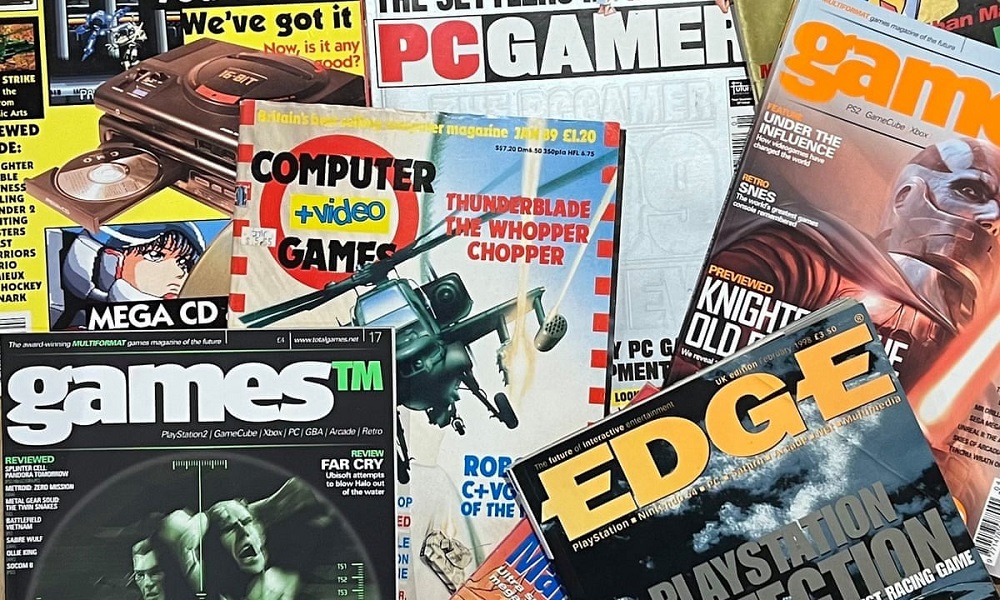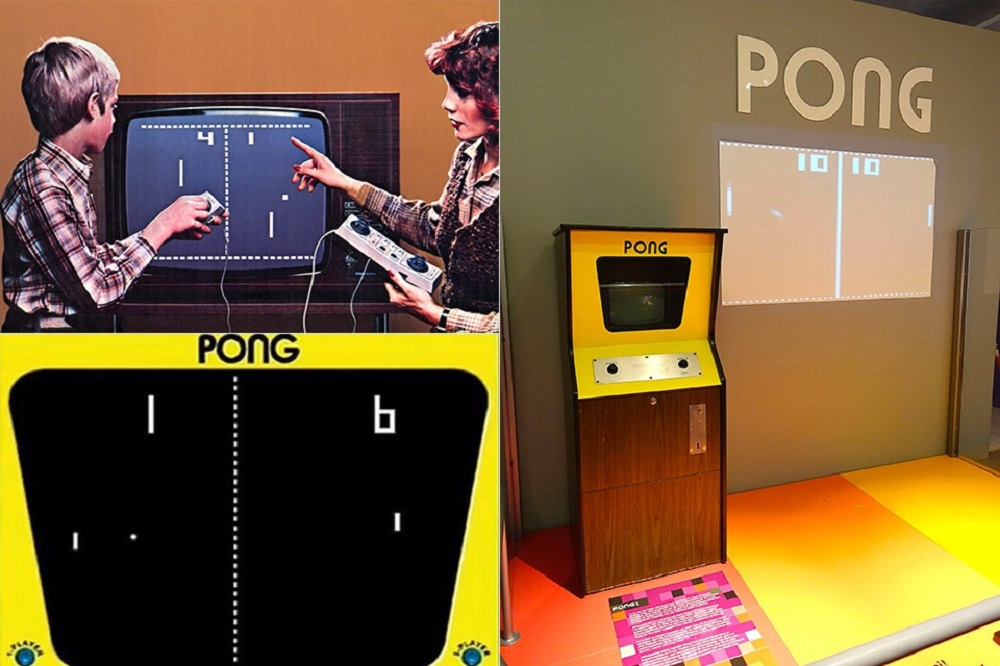When we think of retro gaming, we don’t just remember the consoles or the controllers — we remember the pixels. Mario’s red hat, Sonic’s blue streak, Link’s green tunic — these weren’t born out of artistic freedom, but hardware limits. And yet, pixel art became a universal language that defined an era of gaming and still influences digital art today.
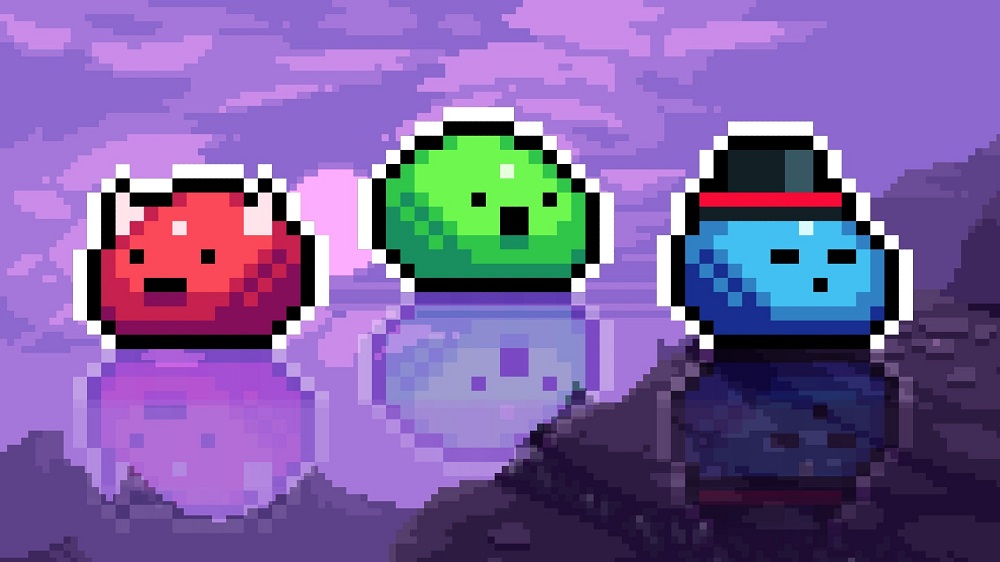
Pixel art is more than nostalgia. It represents ingenuity, culture, and endurance. From the 8-bit blocks of the NES to the lush 16-bit worlds of the SNES and Genesis, pixel art became the face of retro gaming. And even now, it thrives in indie games, digital culture, and creative communities.
The Origins: Pixels as Necessity
The earliest consoles had severe technical restrictions: the Atari 2600, for example, could only display a handful of colors and sprites at once. Designers didn’t choose pixel art — they had no choice.
- Mario’s hat solved the problem of animating hair.
- Pac-Man’s simple circle design fit memory constraints.
- Space Invaders used cloned sprites to reduce processing.
When the NES launched in the US after the 1983 crash, it leaned heavily on pixel characters to rebuild trust. These designs were instantly recognizable and could tell stories even within tiny 16×16 grids.
8-Bit Magic: Small Grids, Big Impact
The 8-bit era (NES, Sega Master System, Game Boy) showed how minimal pixels could deliver maximum personality.
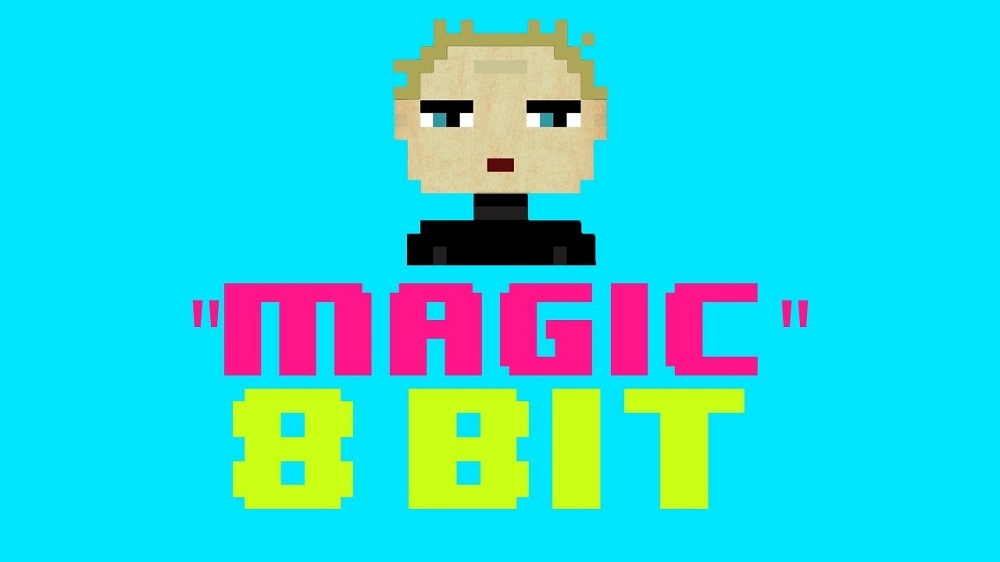
- Kirby’s smile in a handful of dots became iconic.
- Mega Man’s blue armor helped him stand out against backgrounds.
- The Game Boy, with its green monochrome screen, demanded bold pixel readability — a principle that gave us enduring hits like Tetris and Pokémon.
This clarity explains why many players still prefer the Game Boy’s simplicity over flashier graphics. As we explored, portability and pixel clarity created a handheld legend.
16-Bit Brilliance: The Art Evolves
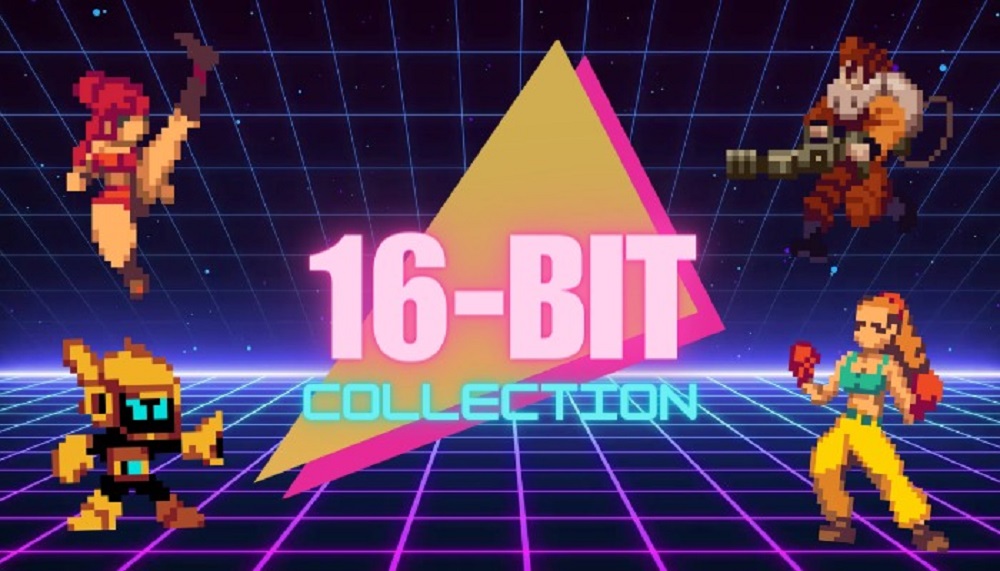
With the SNES and Sega Genesis, pixel art leapt into richer territory. More colors, larger sprites, and smoother animations allowed developers to be more expressive.
- Chrono Trigger told an emotional story through expressive pixel characters.
- Sonic the Hedgehog showcased speed with vibrant scrolling backgrounds.
- Street Fighter II used detailed sprites to define competitive gaming.
The Genesis vs. SNES 16-bit war wasn’t just about gameplay — it was about pixel identity. Sega leaned on bold, edgy visuals, while Nintendo emphasized colorful, family-friendly worlds.
Techniques of Pixel Art: Making More with Less
Pixel artists had to be illusionists, creating depth and detail under strict limits. Key techniques included:
- Dithering: blending colors with checkerboard pixel patterns.
- Tile-based graphics: reusing small blocks to build big worlds (e.g., Zelda dungeons).
- Palette swaps: recoloring the same sprite to create multiple enemies.
- Animation cycles: walk loops made from as few as 3–4 frames.
These tricks gave games their unique feel. Even simple sprites felt alive because of smart visual coding.
East vs. West: Different Pixel Philosophies
Pixel art evolved differently in Japan vs. the West.
- Japan: emphasized expressive characters and storytelling (Final Fantasy, Dragon Quest, Castlevania). Sprites were stylized, with exaggerated features to convey emotion.
- West: focused on realism or technical ambition (Doom’s sprite-based enemies, PC strategy titles). Western sprites often felt grittier, more mechanical.
This contrast enriched the medium, showing that pixels weren’t just a necessity but a style.
Case Studies: Pixels with Personality
- Mega Man: Capcom’s blue bomber became iconic because of pixel clarity, evolving across NES to SNES without losing identity.
- Chrono Trigger: emotional storytelling through pixel facial expressions and animations.
- Metal Slug: detailed sprite work on Neo Geo, pushing pixel art to near-cinematic levels.
These games prove pixel art could deliver epic scope, humor, and humanity, rivaling modern 3D visuals in emotional impact.
Why Pixel Art Outlives Early 3D
Many early 3D titles on the PlayStation or N64 now feel clunky — stiff animations, low polygons, blurry textures. Pixel art, however, remains timeless.
Mario from 1985 is still charming. Compare that to blocky Lara Croft polygons from 1996, and it’s clear why collectors and fans often prefer pixel consoles like the SNES.
This explains the boom of retro mini consoles, which recreate pixel-perfect classics that age gracefully.
The Indie Renaissance
In the 2000s and 2010s, indie devs brought pixel art roaring back:

- Shovel Knight reimagined NES aesthetics with smoother animations.
- Stardew Valley recreated SNES farming vibes.
- Celeste used pixel art to deliver emotional storytelling.
For small teams, pixel art is efficient. For players, it’s authentic. It’s no surprise that digital storefronts are full of pixel-inspired indie hits.
Pixel Art in Modern Culture
Pixel art goes beyond gaming:
- Streaming culture: Twitch emotes, Discord icons.
- Fashion & design: retro-style T-shirts, posters, streetwear.
- NFTs & digital art: pixel-based avatars like CryptoPunks.
- Museums & galleries: exhibitions elevating pixel art as a formal art form.
Pixels are now cultural shorthand for retro cool.
Preserving the Legacy
As we explored in How Emulators Keep Retro Games Alive, digital preservation is key. Communities save spritesheets, box art, and original assets. Emulators and CRT filters recreate the authentic feel.
Collectors prize original cartridges, manuals, and artwork. Pixel art isn’t just being remembered — it’s being archived for the future.
What started as a hardware limitation became a lasting artistic language. From NES simplicity to SNES brilliance, from arcade showpieces to indie masterpieces, pixel art is proof that creativity thrives under constraint.
Pixel art has aged better than many graphical revolutions. It’s not just retro — it’s eternal.

